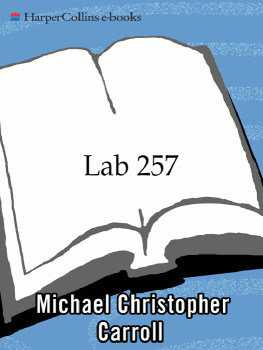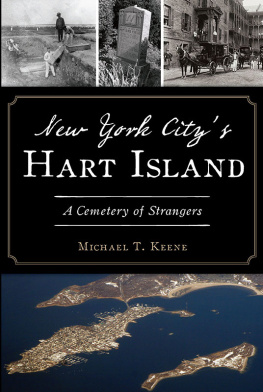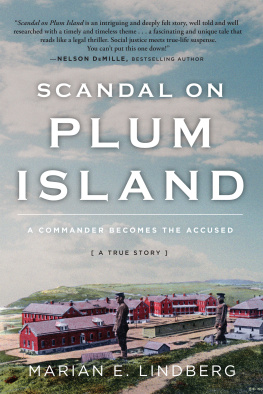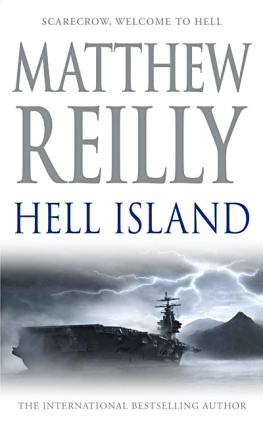S tatements made during interviews and direct quotes from primary materials are contained in quotation marks, and I altered some of them slightly for grammar. Fictitious names are used to protect the identity of sources and they too are contained in quotes. Scenarios and dialogue I constructed are based upon recollections of multiple sources and primary and secondary research, and as such are placed in italics. The title Lab 257 refers to one of the two laboratory buildings that exist on Plum Island, the other being Laboratory 101.
Based largely upon interviews, official documents, and detailed research, this book is also the product of personal visits to Plum Island, after the sixth of which I was abruptly denied further access by the U.S. Department of Agriculture, on the grounds of national security.
Further information for the reader can be found in the Source Notes at the end of the book.
I n May 1998, Sultan Bashiruddin Mahmood, a Western-educated nuclear physicist, was cheered by throngs gathered in the narrow cobblestone streets of Islamabad. They set off fireworks and wielded large placards emblazoned with his likeness. As the powerful chairman of the Pakistan Atomic Energy Commission, Mahmood developed nuclear power plants with the help of Canada and other Western nations. At the direction of the Pakistani government, Mahmood and others co-opted this technology and developed nuclear weapons; and that May their first atom bomb was successfully tested to counter a nuclear test by their archenemy, neighboring India. A joyous national celebration in Mahmoods and the other nuclear scientists names ensued, a celebration rivaling Pakistans independence day holiday.
Mahmood was a national hero.
In 2002, he was under twenty-four-hour house arrest and his assets were frozen.
The clean-shaven, moderately religious nuclear engineer, educated in Britain in the early 1970s, had drifted toward hard-line Islamic views by the mid-1990s. The snow-white-haired Mahmood became a bona fide religious extremist. He began fortune telling by reading peoples palms and grew a long, unkempt beard. Urging Pakistan to adopt neighboring Afghanistans Taliban way of life, his writings stressed the sacredness of keeping beards, the correlation between natural catastrophes and places of immoral behavior, and hidden scientific knowledge from Allah contained in the Koran. After he obstreperously opposed the Nuclear Test Ban Treaty in favor of a vigorous bomb-testing program, an apprehensive Pakistani leadership forced Mahmood out of the atomic energy program. He then relocated to Kabul, Afghanistan, where he set up a relief organization called Tameer-e-Ummah, or Islamic Reconstruction.
One month after the September 11, 2001, terrorist attacks on America, U.S. Army intelligence and the CIA intercepted telephone communications between Mahmood and Taliban leader Mullah Mohammed Omar, whose oppressive, terrorist-sponsoring regime was on the verge of being crushed by American forces. The United States government declared Tameer-e-Ummah, his Islamic charity, a terrorist front organization. Its assets were seized by Pakistans central bank, and Pakistani troops arrested their nuclear hero and turned him over to American authorities. CIA Director George J. Tenet rushed to Islamabad to take personal control of the Mahmood affair.
During his interrogation about the phone calls, Mahmood claimed to have discussed only Omars personal safety and a flour mill that the charity wanted to build in Kandahar. But he failed six separate lie detector tests and disputed the results, calling the technology flawed. Then he admitted meeting on multiple occasions not only with Omar but also with a rogue Saudi millionaire named Osama bin Laden (and his top deputy, Al Zawahiri) as recently as August 2001. He described meeting with bin Laden and Omar, perched atop fluffy pillows, drinking green tea and praising Allah, in a scene reminiscent of the video footage aired worldwide featuring Osama bin Laden plotting destruction with his cohorts. Mahmood told interrogators that bin Laden had more in mind than schools and flour millsbin Laden said he had radioactive material and wanted to know how to build a dirty bomb nuclear device (and other things, according to Mahmoods son Azim, who later confirmed the meeting).
Fearing further embarrassment to its already tarnished nuclear energy program, Pakistan decided in early 2002 not to put Mahmoodwhose noble cause was featured on the cover of the December 2001 issue of the radical glossy Kashmir Jihad on public trial. The Pakistani government instead charged him with violating national secrecy oaths. Today, he remains under house arrest (and a media gag order) in a gated, two-story home.
After Pakistan arrested Sultan Bashiruddin Mahmood and U.S. forces secured the Kabul perimeter as part of the Afghanistan phase of Americas war on terrorism, CIA and U.S. Army commandos stormed Mahmoods Kabul residence and the offices of Tameer-e-Ummah. Inside, they found copies of books he authored, with disturbing titles such as Mechanics of the Doomsday and Life After Death, and Cosmology and Human Destiny, which contained the following prediction: During the autumn of 20002001, due to the high energy solar cycle and its impact on people, certain crazy actions are likely to happen. Then they uncovered some very incriminating raw material. One item was a diagram of a helium balloon designed to release large quantities of anthrax spores into the atmosphere. Another was a large document titled Bacteria: What You Need to Know. And a hefty file folder contained a bundle of papers from an Internet search on anthrax vaccines.
Then there was a dossier. It contained information on a place in New York called the Plum Island Animal Disease Center. There was even a New York Times article in the dossier about this island.
Why would an associate of Osama bin Laden be so interested in some obscure New York island?
If Plum Island isnt exactly a household name in America, it apparently holds a prominent place in the minds of people like Sultan Bashiruddin Mahmood. And its not the sandy beaches and swaying plum trees theyre after.
L ess than 2 miles off the east end of Long Island and 85 miles from New York City lies an unimposing 840-acre island, unidentified on most maps. On the few where it can be found, Plum Island is marked red or yellow, stamped U.S. GOVERNMENTRESTRICTED DANGEROUS ANIMAL DISEASES.
Six huge ferries, each carrying 1,000 people and 120 cars, pass within one quarter mile of it every day, making the journey from Orient Pointthe tip of Long Islands North Forkto New London, Connecticut. More than one million people live and spend their summers in the Hamptons, within a scant mile or two from its shores, yet few know the name of this pork chopshaped island that lies on the periphery of the largest population center in the United States. Even fewer can say whether it is inhabited or why it doesnt exist on the map.














